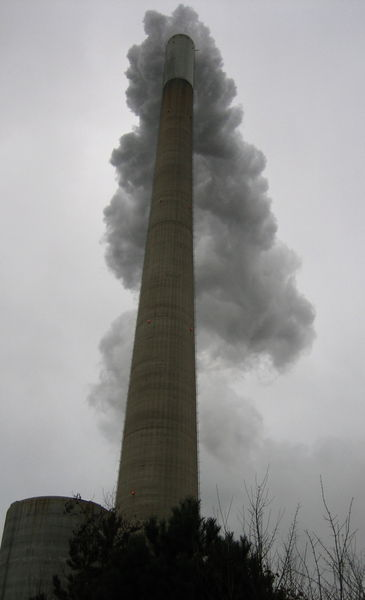Catalyst for the reutilization of CO
2 Catalyst for being used in the reduction of CO 2 emissions to the atmosphere Carbon dioxide is the main greenhouse gas. Recently, there have been many efforts in decreasing its emission and in developing chemical re-use processes. One of these processes is the reverse water gas shift reaction, which transforms the CO 2 in carbon monoxide by catalytic reduction with hydrogen. The resulting synthesis gas (syngas) is used as an intermediate for the synthesis of multiple chemicals and combustibles.
The invention consists on a method for the synthesis of a solid catalyst applicable in the syngas production, which leads to materials with high macroporosity, small particle size and high degree of crystallinity. The special porous structure leads to to a high dispersion of the active phase of the catalyst, which enables an exceptionally high activity per mass unit.
The catalyst was tested in the reverse water gas shift reaction, producing the maximum conversion of CO 2 (at thermodynamic equilibrium) of 60 % at 700 °C, and with a selectivity to carbon monoxide of 100 %. The partial oxidation of methane was tested too with this material, resulting in the maximum methane conversions (at thermodynamic equilibrium), near 85 % at 700 ° C, with a molar hydrogen yield of 1.3 moles H2 / Moles of CH4.
Main innovations and advantages
· The catalyst shows high catalytic activity per mass unit, representing significant saving.
· The synthesis method is simple and scalable at the industrial level.
· For the reverse water gas shift reaction, the catalytic activity is maintained during continuous reaction processes of at least 100 hours.
· The material has many other applications as catalyst in gas phase reactions, related to the protection of the environment and the production of clean energy.






